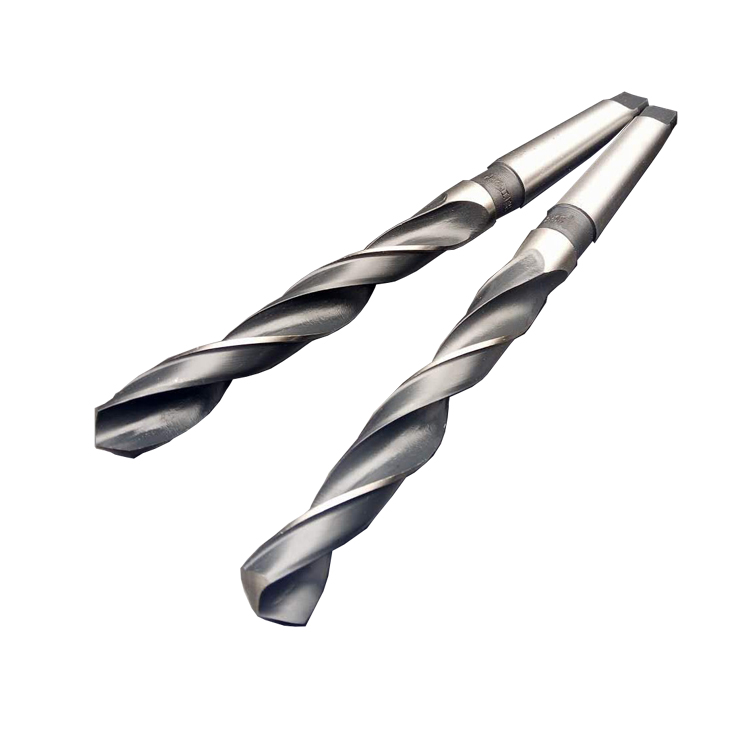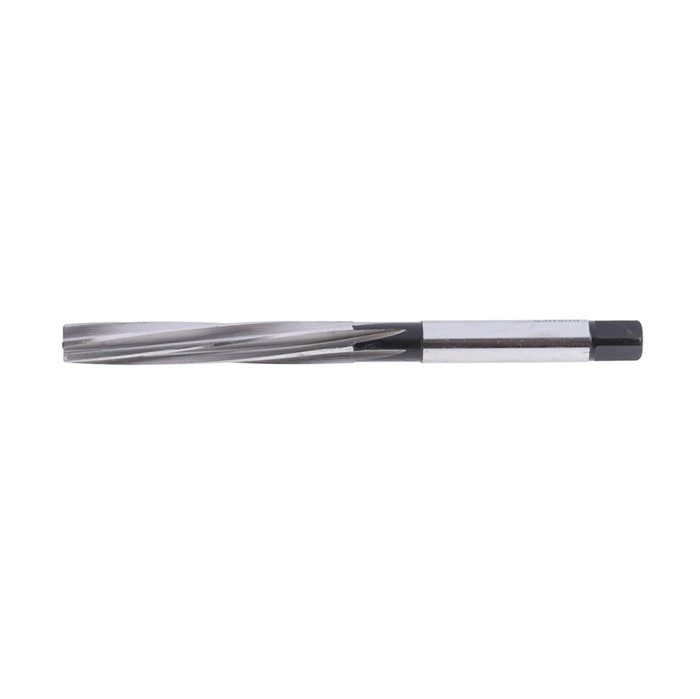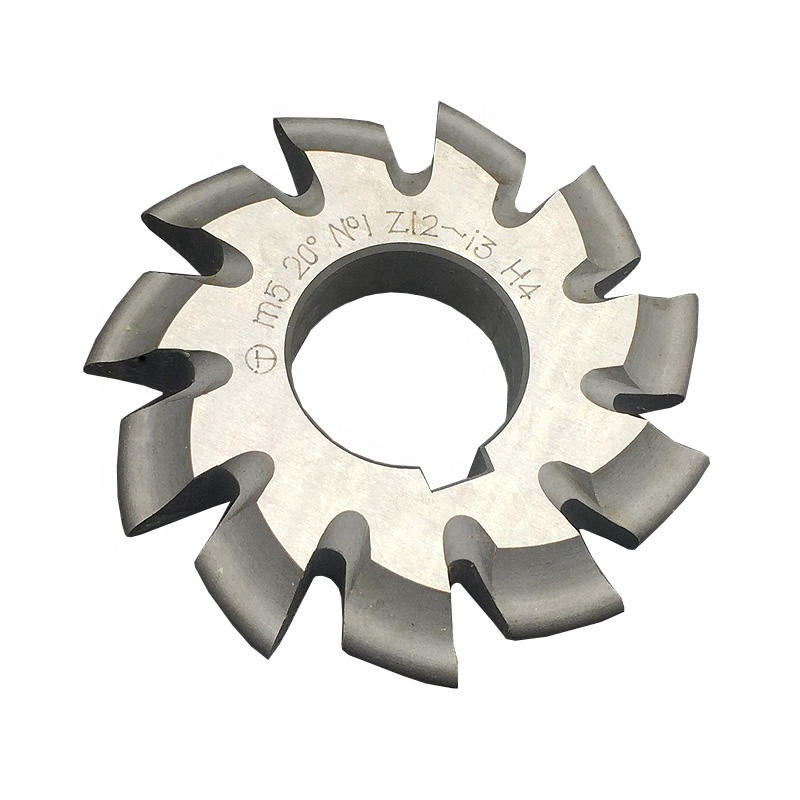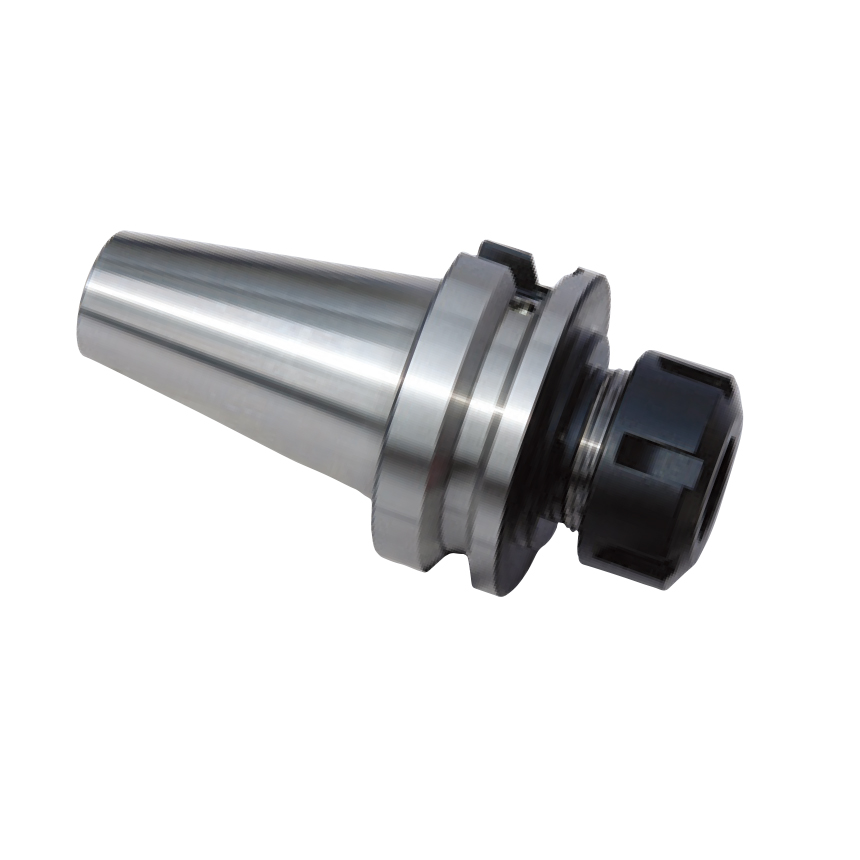High-Quality carbide end mill cutter
A high-quality carbide end mill cutter is an indispensable tool in machining, offering exceptional hardness and wear resistance. This guide explores the types, selection criteria, applications, and maintenance of these cutters, empowering you to make informed decisions for optimal machining performance. The right tool for the job can significantly improve efficiency and precision in your projects and selecting the right high-quality carbide end mill cutter is a critical part of this equation.
Understanding Carbide End Mill Cutters
Carbide end mill cutters are cutting tools used in milling machines for shaping metal, wood, plastics, and other materials. Their primary advantage over high-speed steel (HSS) cutters lies in their superior hardness, allowing them to operate at higher speeds and feeds, resulting in faster material removal rates and extended tool life. High-quality carbide end mill cutters are composed of a cemented carbide, typically tungsten carbide (WC) with a binder material such as cobalt (Co).
Types of Carbide End Mill Cutters
Several types of carbide end mill cutters cater to different machining needs:
- Square End Mills: General-purpose cutters for square shoulders and creating slots.
- Ball Nose End Mills: Used for creating contoured surfaces, 3D profiling, and rounded features.
- Radius End Mills (Bull Nose): Combine features of square and ball nose end mills, offering a radius at the corner for increased strength and smoother finishes.
- Roughing End Mills: Designed for aggressive material removal, featuring serrated or chip-breaker geometries.
- Finishing End Mills: Produce smooth surface finishes with multiple flutes and optimized geometries.
- Tapered End Mills: Create tapered features and draft angles.
Flute Geometry Explained
The number of flutes, helix angle, and other geometric features significantly impact the performance of a high-quality carbide end mill cutter.
- Number of Flutes: Fewer flutes (2 or 3) are generally better for softer materials like aluminum, allowing for larger chip evacuation. More flutes (4 or more) are preferred for harder materials like steel, providing increased cutting edges and smoother finishes.
- Helix Angle: A higher helix angle (e.g., 45 degrees) provides better chip evacuation and reduced cutting forces, suitable for softer materials. Lower helix angles (e.g., 30 degrees) are more rigid and offer better surface finishes on harder materials.
- End Geometry: Different end geometries, such as corner radii, chamfers, and chip breakers, are designed for specific applications and materials.
Selecting the Right Carbide End Mill Cutter
Choosing the optimal high-quality carbide end mill cutter involves considering several factors:
Material to be Machined
The material's hardness, abrasiveness, and thermal conductivity dictate the appropriate carbide grade, coating, and geometry. For example, machining hardened steel requires a carbide grade with high wear resistance and a coating like TiAlN. Aluminum benefits from uncoated cutters with geometries optimized for chip evacuation.
Machine Tool Capabilities
The spindle speed, horsepower, and rigidity of the milling machine influence the selection of cutter diameter and flute length. Larger diameter cutters require more horsepower. Longer flute lengths are more prone to vibration, especially on less rigid machines.
Machining Operation
Roughing operations require cutters with geometries designed for aggressive material removal. Finishing operations demand cutters that produce smooth surface finishes and tight tolerances. Consider the specific features being machined, such as slots, contours, or pockets, when selecting the appropriate end mill type.
Coating Considerations
Coatings enhance the performance and lifespan of high-quality carbide end mill cutters by reducing friction, increasing wear resistance, and providing a thermal barrier. Common coatings include:
- TiN (Titanium Nitride): General-purpose coating for increased hardness and wear resistance.
- TiCN (Titanium Carbonitride): Offers higher hardness and wear resistance than TiN.
- TiAlN (Titanium Aluminum Nitride): Excellent thermal stability and wear resistance, ideal for high-speed machining of hardened materials.
- AlTiN (Aluminum Titanium Nitride): Similar to TiAlN, with improved oxidation resistance at high temperatures.
- DLC (Diamond-Like Carbon): Low coefficient of friction, suitable for machining non-ferrous materials like aluminum and plastics.
Applications of Carbide End Mill Cutters
High-quality carbide end mill cutters find widespread use across various industries:
- Aerospace: Machining complex parts from aluminum, titanium, and composite materials.
- Automotive: Manufacturing engine components, molds, and dies.
- Medical: Producing surgical instruments and implants from stainless steel and titanium.
- Mold and Die: Creating intricate mold cavities and die details.
- General Machining: Fabricating a wide range of components from various materials.
Best Practices for Using Carbide End Mill Cutters
To maximize the performance and lifespan of your high-quality carbide end mill cutter, adhere to these best practices:
Proper Tool Holding
Use high-quality tool holders with adequate clamping force to minimize runout and vibration. Collet chucks, shrink-fit holders, and hydraulic chucks are common options.
Optimized Cutting Parameters
Calculate appropriate cutting speeds, feed rates, and depths of cut based on the material being machined, the cutter geometry, and the machine tool capabilities. Consult machining data tables or CAM software recommendations.
Coolant Application
Use coolant or cutting fluid to dissipate heat, lubricate the cutting edge, and flush away chips. Choose a coolant appropriate for the material being machined. Flood coolant, mist coolant, and through-tool coolant are common options.
Regular Inspection and Maintenance
Inspect cutters regularly for wear, damage, or chipping. Resharpen or replace cutters as needed to maintain optimal performance. Clean cutters after use to remove chips and debris.
Troubleshooting Common Issues
Even with best practices, issues can arise. Here's a quick guide to troubleshooting common problems:
- Chipping: Reduce feed rate, ensure proper tool holding, check for machine vibration.
- Premature Wear: Increase coolant flow, reduce cutting speed, select a more wear-resistant carbide grade or coating.
- Poor Surface Finish: Increase cutting speed, use a finishing end mill, ensure proper tool holding, reduce runout.
- Vibration (Chatter): Reduce cutting speed, decrease depth of cut, improve tool holding, ensure machine is properly leveled.
Where to Buy High-Quality Carbide End Mill Cutters
You can purchase high-quality carbide end mill cutters from various sources, including:
- Industrial Supply Distributors: Offer a wide selection of cutters from various brands.
- Online Retailers: Provide convenient access to a vast inventory of cutters.
- Direct from Manufacturers: May offer specialized cutters or custom solutions. Wayleading Tools is one manufacturer specializing in providing high-quality tools.
Conclusion
Investing in a high-quality carbide end mill cutter and following best practices for usage and maintenance will significantly improve your machining operations. By understanding the different types of cutters, selecting the right tool for the job, and optimizing cutting parameters, you can achieve faster material removal rates, smoother surface finishes, and extended tool life. This guide provides a solid foundation for making informed decisions and maximizing the value of your machining investments. Remember to always prioritize safety and consult with experienced machinists when tackling complex projects.
Disclaimer: The information provided in this article is for general guidance only. Always consult with qualified professionals and refer to manufacturer's specifications for specific applications.
Related products
Related products
Best selling products
Best selling products-
 Precision 17pcs Angle Blocks Set With High Quality Type
Precision 17pcs Angle Blocks Set With High Quality Type -
 HSS Metric Taper Shank Twit Drills For Metal Cutting Of High Precision
HSS Metric Taper Shank Twit Drills For Metal Cutting Of High Precision -
 Type M Cone Tungsten Carbide Rotary Burr
Type M Cone Tungsten Carbide Rotary Burr -
 QA Grooving & Cut-Off Holder With Right And Left Hand
QA Grooving & Cut-Off Holder With Right And Left Hand -
 HSS Inch Hand Reamer With Straight Or Spiral Flute
HSS Inch Hand Reamer With Straight Or Spiral Flute -
 HSS Metric & Inch T Slot End Mill For Industrial
HSS Metric & Inch T Slot End Mill For Industrial -
 Precision Vernier Caliper With Nib Style & Standard Style Jaws Of Metric & Imperial For Industrial
Precision Vernier Caliper With Nib Style & Standard Style Jaws Of Metric & Imperial For Industrial -
 25PCS DIN338 HSS Twist Drill Bit Set From 1-13mm
25PCS DIN338 HSS Twist Drill Bit Set From 1-13mm -
 131PCS Thread Repair Set And Helicoil Type Thread Repair Set
131PCS Thread Repair Set And Helicoil Type Thread Repair Set -
 5C Round Collet With Inch and Metric Size
5C Round Collet With Inch and Metric Size -
 Precision Dial Caliper Of Double Shock-Proof For Industrial
Precision Dial Caliper Of Double Shock-Proof For Industrial -
 HSS Module Involute Gear Cutters With PA20 And PA14-1/2
HSS Module Involute Gear Cutters With PA20 And PA14-1/2









